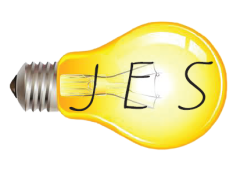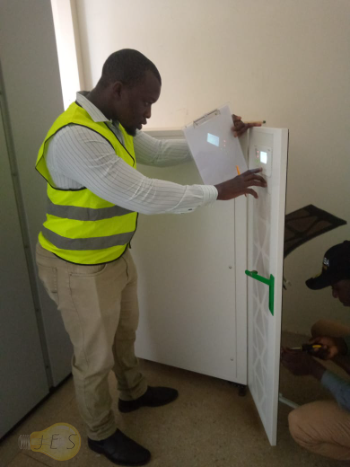Kenya Net‑Metering 2024 → Savings in 2025: Solar, Storage & TOU for SMEs and Commercial Sites
Last updated: • Jumba Engineering
Kenya just unlocked a better math for onsite power. The Energy (Net‑Metering) Regulations, 2024 let qualified customers export excess generation (e.g., solar PV) and offset consumption on their utility bills, subject to technical and licensing requirements. Paired with a right‑sized battery and smart load‑control, you can trim bills while improving resilience.
Use Time‑of‑Use (TOU) Windows to Supercharge ROI
Kenya Power’s TOU offers discounted off‑peak hours on weekdays (overnight) and extended windows on weekends/holidays. Shifting chillers, pumping, baking, fabrication, or EV charging into those windows lowers your effective unit cost—especially when orchestrated by timers, PLC/BMS logic, and right‑sized VFDs.
- Automate with timers and PLC/BMS rules for off‑peak operation.
- Tune VFD set‑points and sequencing for compressors, pumps, and fans.
- Use submeters to verify kWh movement into discounted windows.
Stay Compliant: Power Factor ≥ 0.9 at the Connection Point
Poor power factor silently taxes your bill and stresses equipment. Kenya’s National Distribution Grid Code expects sites to maintain power factor not less than 0.9 lagging at the connection point—fixable with capacitor banks or active filters, plus harmonic mitigation and robust earthing/bonding.
Why 2025 is Different: The Data‑Center Boom Raises the Bar
Major builds (Microsoft + G42 cloud region; IXAfrica campus expansion) are driving local digital demand and higher expectations for uptime and power quality. Nearby malls, factories, hospitals, and offices can’t afford sags, transients, or harmonics. Design like a mission‑critical site: redundancy, selective coordination, clean earthing, and live metering.
A Simple 6‑Step Roadmap (60–90 Days)
- Bills & data (2 weeks): 12‑month bills + interval data; full power‑quality analysis (harmonics, sags/swells, PF).
- TOU quick wins (2 weeks): timers/sequencing; VFD tuning; reschedule non‑critical loads.
- PF & harmonics (2–3 weeks): size/commission PF correction; add filters; verify earthing.
- Solar‑plus‑storage (1–2 weeks): model PV & battery under net‑metering; prepare interconnection & safety pack.
- Controls & metering: install submeters; program PLC/BMS rules for TOU shifting.
- Commission & train: operator playbooks; 30‑day measurement & verification.
Further Reading (External)
- Kenya Gazette — Energy (Net‑Metering) Regulations, 2024
- Kenya Power — Time‑of‑Use (TOU) overview
- EPRA — Tariff/TCP 2025 overview
- Kenya National Distribution Grid Code (2024)
Replace the # with official URLs. Keep 1–3 sources per section for E‑E‑A‑T without leaking SEO equity.

